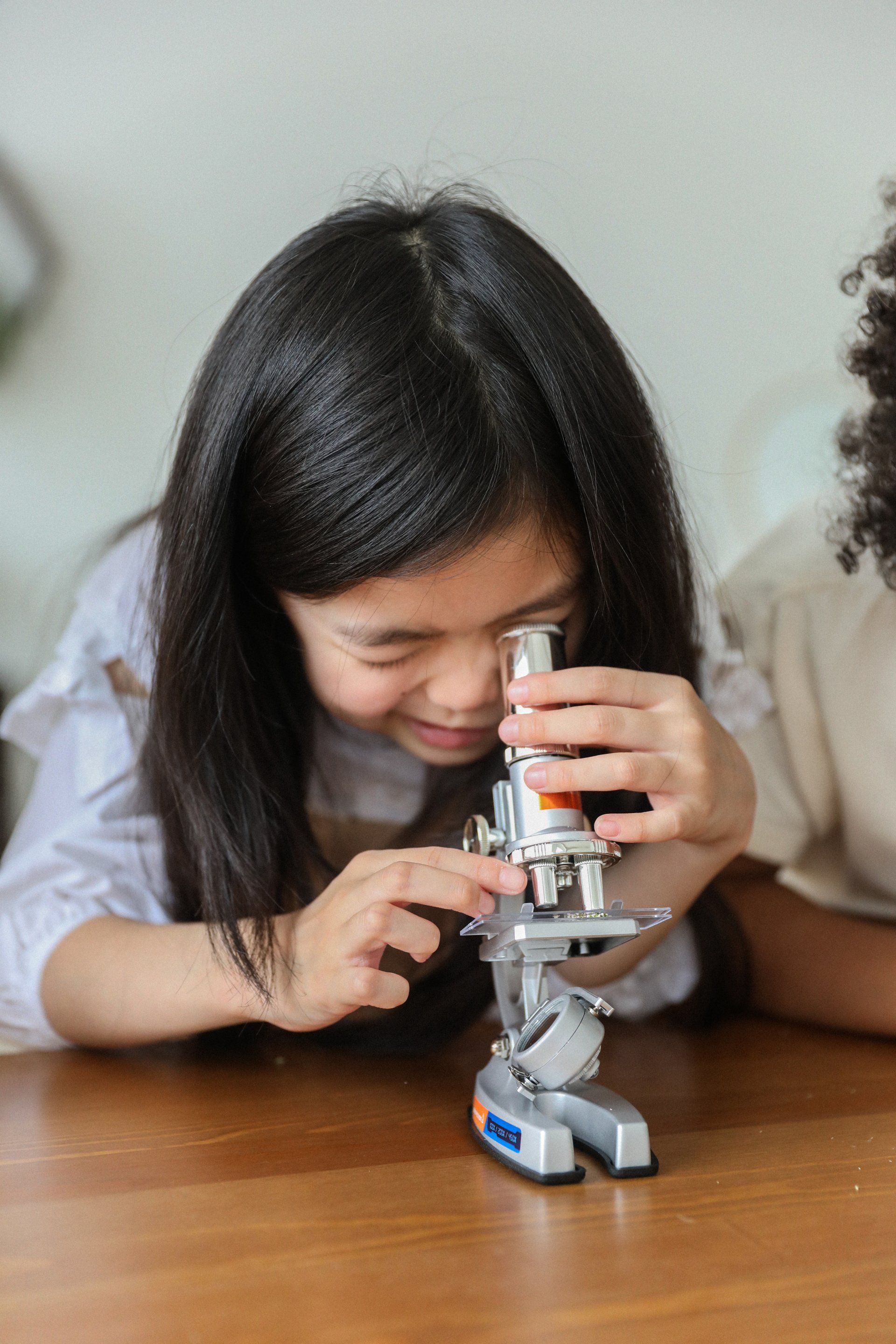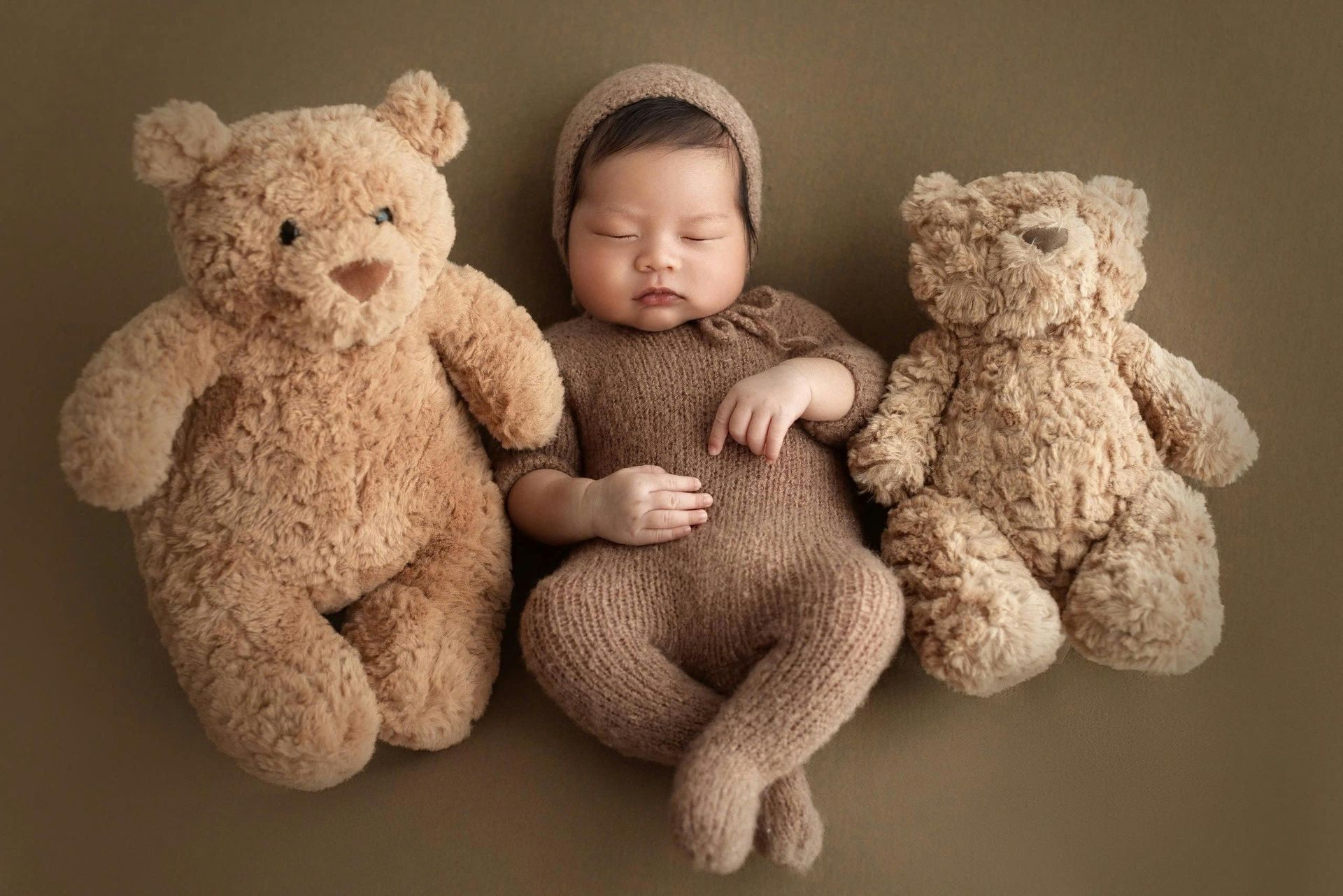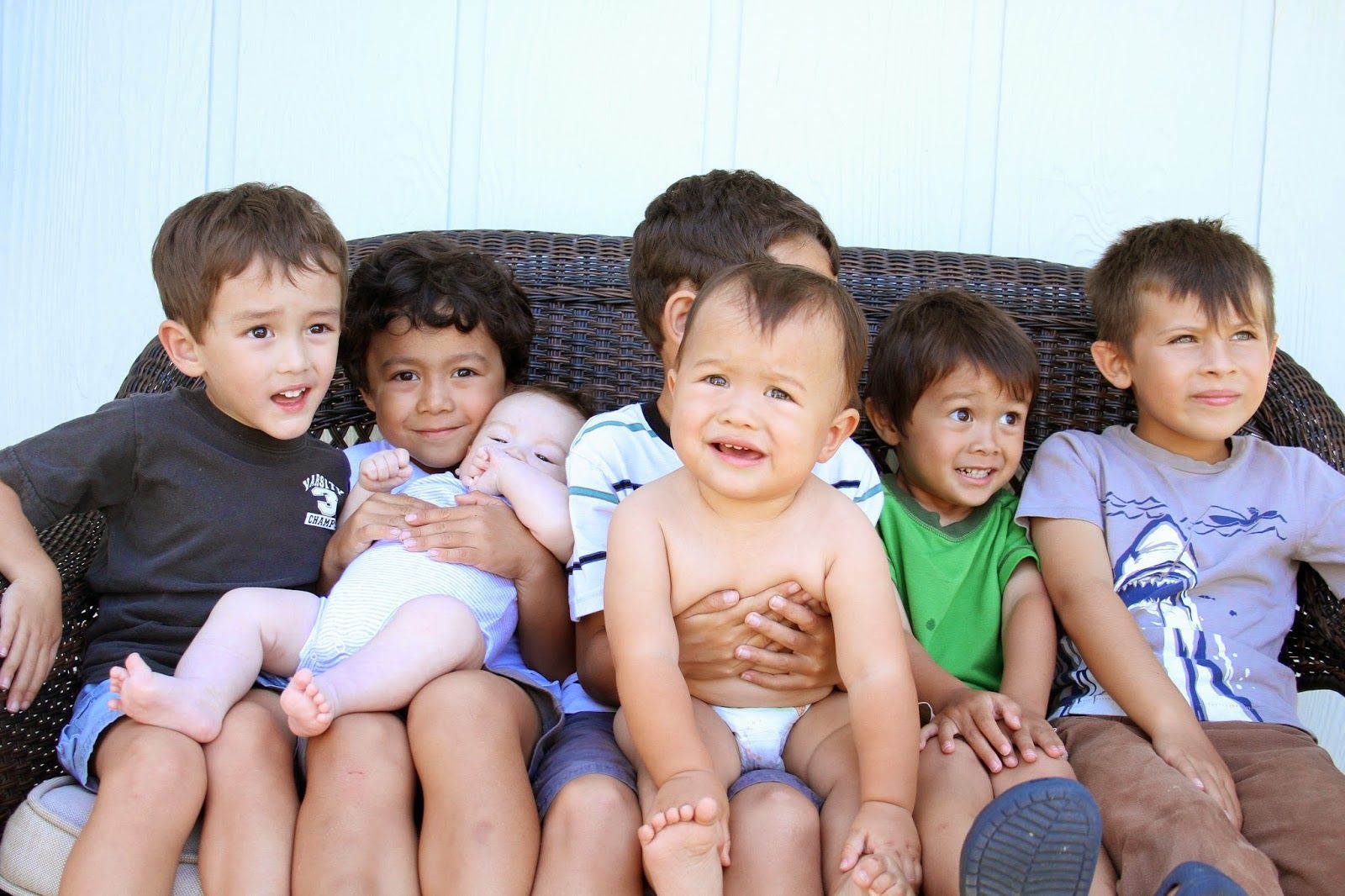Revolutionising Household
Staffing Recruitment
7 min Read
By Justine Murray
AI in Nanny Recruitment:
Inside the Quiet Revolution
Changing How Families Hire Caregivers
Sydney, Australia – September 2025
Recruiting a nanny has never been simple. Families aren’t just hiring an employee; they’re entrusting someone with their children, their routines, and the fabric of daily life. Yet in an era where hundreds of applications arrive within days of a role being advertised, the traditional recruitment process manual resume reading, endless interviews, reference checks has buckled under pressure.
Now, artificial intelligence is quietly transforming this world. From automated resume analysis to predictive matching, AI is altering not just the speed of recruitment but the quality of candidates reaching families’ doors. Investigations into this shift reveal a surprising outcome: far from depersonalising childcare, AI may actually be helping agencies make more human centred matches.
The Scale of the Challenge
Recruitment agencies in Australia report being deluged with applications. A single nanny role in Sydney or Melbourne can attract hundreds of emails in less than a week. Each application requires background checks, verifications, and follow-up calls.
“It was overwhelming,” admits one recruiter, speaking on condition of anonymity. “We worried strong candidates were slipping through the cracks simply because we couldn’t read every line of every CV.”
This bottleneck isn’t unique to Australia. In the United States and the UK, agencies face similar problems, particularly as international applicants compete for live-in and overseas nanny placements.
Where AI Steps In
The adoption of AI in nanny recruitment has surged in the past two years. Technology once confined to corporate hiring platforms is now being applied to the very human task of selecting caregivers.
Automated Resume Screening
AI systems can scan resumes and cover letters in seconds, flagging those with relevant childcare qualifications, first aid certification, or specific experience such as newborn care. This allows recruiters to focus on the top 10% of applications rather than drown in the pile.
Predictive Matching
Using historical data from successful placements, AI can suggest which candidates are most likely to thrive in a given household. A family who values Montessori principles, for example, may be paired with candidates who have training in that philosophy.
Chatbots for Initial Engagement
AI chatbots are being trialled to handle the first wave of candidate queries. They can answer frequently asked questions, book interviews, and even run brief screening conversations. “Candidates get an instant response, which wasn’t always possible before,” explains a senior consultant from a Sydney agency.
Behavioral Analysis
Some agencies are experimenting with tools that evaluate interview responses, providing insights into traits like empathy, communication style, and problem-solving. “It’s not about replacing human judgement,” says Dr. Karen Lin, a researcher in child development and recruitment. “It’s about giving recruiters one more layer of evidence.”
Enhanced Background Checks
AI can also expedite vetting, cross-referencing multiple databases at once. Police clearances, Working With Children Checks, and past employment verification can be aggregated in minutes rather than days.
The Human Side of an Algorithm
Critics often argue that AI strips recruitment of its humanity. But in practice, many agencies report the opposite. By taking over repetitive tasks, AI frees recruiters to spend more time in meaningful conversations with families and candidates.
“The best agencies aren’t handing decisions over to machines,” says Dr. Lin. “They’re using AI to create space for deeper human judgement. It’s a hybrid model.”
One Melbourne family who recently hired through an AI-assisted process describe the experience as unexpectedly personal. “We felt like the recruiter actually had time for us,” the parents recall. “Instead of waiting weeks, we were introduced to candidates who ticked every box within days.”
Candidate Perspective: Faster, Fairer?
For nannies themselves, the technology brings mixed emotions. On one hand, applicants now receive faster feedback. Automated systems generate instant acknowledgments and updates, sparing them the silent limbo many jobseekers know too well.
“I applied on a Monday and had an interview by Friday,” says Amanda, a Brisbane-based nanny. “It felt professional, like I wasn’t lost in a pile of resumes.”
On the other hand, some candidates worry about being misread by algorithms. International applicants in particular voice concerns that AI may overlook nuanced experiences or undervalue informal childcare roles common in extended families abroad.
Agencies acknowledge the risk but argue the benefits outweigh the drawbacks. “We audit the system constantly to make sure it’s fair,” explains one recruiter. “Ultimately, no candidate is rejected by AI alone—human eyes always make the final call.”
Australian Nanny Agency Among the Early Adopters
In Australia, a handful of agencies are moving fastest. The Australian Nanny Agency is one of those leading the charge. They built our own Ai system as they found market offerings simply were to slow. “We didn’t want technology to replace our judgement,” the agency’s founder explains. “We wanted it to enhance it. By automating the admin, we can focus on what matters most: really understanding the family, and making sure the nanny is the right cultural and emotional fit.”
Industry observers say this approach positions the agency among global frontrunners. While some competitors continue to “sift manually through mountains of emails,” as one consultant put it, tech-enabled firms are already placing candidates more efficiently and with higher client satisfaction.
A Global Lens
The shift isn’t isolated. In the UK, large household staffing agencies have invested heavily in predictive analytics, particularly for high-net-worth clients who expect seamless placements. In the Middle East, where demand for English-speaking nannies is soaring, AI is being used to vet international candidates at scale.
What sets the Australian market apart is its strict regulatory framework. Checks such as the Working With Children Check (WWCC) are non-negotiable, and AI tools are being customised to integrate with these systems. This makes Australian agencies a test case for how AI can work within child safety laws while still boosting efficiency.
The Future of Childcare Recruitment
Looking ahead, experts believe AI will become standard in nanny recruitment, much as it has in corporate hiring. But transparency will be critical.
“Families need to know how their candidates are being filtered,” warns Dr. Lin. “And nannies need assurance they’re not being unfairly excluded.”
Agencies that blend innovation with accountability are likely to thrive. “It’s about trust,” says the Australian Nanny Agency’s founder. “Families trust us to find the right person for their children. Technology helps us honour that trust more effectively, not less.”
Conclusion: A New Standard
The nanny recruitment industry is in the midst of quiet revolution. What once relied on gut instinct and paper resumes is now guided by algorithms and analytics. Yet the ultimate goal remains profoundly human: creating safe, happy homes where children can thrive.
By adopting AI early, leading agencies are not only coping with the surge in applications but also setting a new benchmark for quality and speed. Families benefit from better-matched candidates. Nannies benefit from quicker, clearer communication. And the industry itself takes a step toward professionalism that matches the gravity of the roles being filled.

Frequently Asked Questions
Q1. How is AI used in nanny recruitment?
Q1. How is AI used in nanny recruitment?
AI helps agencies screen resumes, check qualifications, and even analyse soft skills during interviews. This means families see only the most relevant, high-quality candidates.
Q2. Does AI replace human recruiters?
Q2. Does AI replace human recruiters?
No. AI speeds up repetitive tasks, but human recruiters still make the final decision. Agencies like the Australian Nanny Agency use AI to free up more time for personal conversations with families and candidates.
Q3. Is AI screening fair to nannies?
Q3. Is AI screening fair to nannies?
Yes. AI highlights key skills and qualifications quickly, while human recruiters ensure no one is overlooked. The goal is to connect nannies with families faster and more fairly.
Q4. How do families benefit from AI in the hiring process?
Q4. How do families benefit from AI in the hiring process?
Families receive faster shortlists, more accurate matches, and reassurance that background checks are completed efficiently. This reduces waiting times and increases the chances of finding the right fit.
Q5. How do nannies benefit from AI recruitment?
Q5. How do nannies benefit from AI recruitment?
Nannies get quicker responses, more relevant job matches, and fewer delays between applying and being interviewed. This helps them secure roles faster.
Q6. Is AI safe to use for childcare recruitment?
Q6. Is AI safe to use for childcare recruitment?
Yes. AI is only part of the process. Agencies still conduct mandatory checks such as Working With Children Checks, reference calls, and personal interviews before recommending any candidate.
Q7. What makes the Australian Nanny Agency different in using AI?
Q7. What makes the Australian Nanny Agency different in using AI?
The agency is the only one that has purpose built their own system in Australia.Integrating AI into recruitment while keeping human judgement central. This ensures families get both innovation and the reassurance of expert oversight.
READ MORE
Read our article on Medium
- 🔗How I Built AI Into Nanny Recruitment (and Why It Changed Everything)
- Why do recruiter Ghost me?
- 🔗Hire a nanny today
- 🔗The AI Recruitment Takeover: Redefining Hiring In The Digital Age Forbes Magazine











